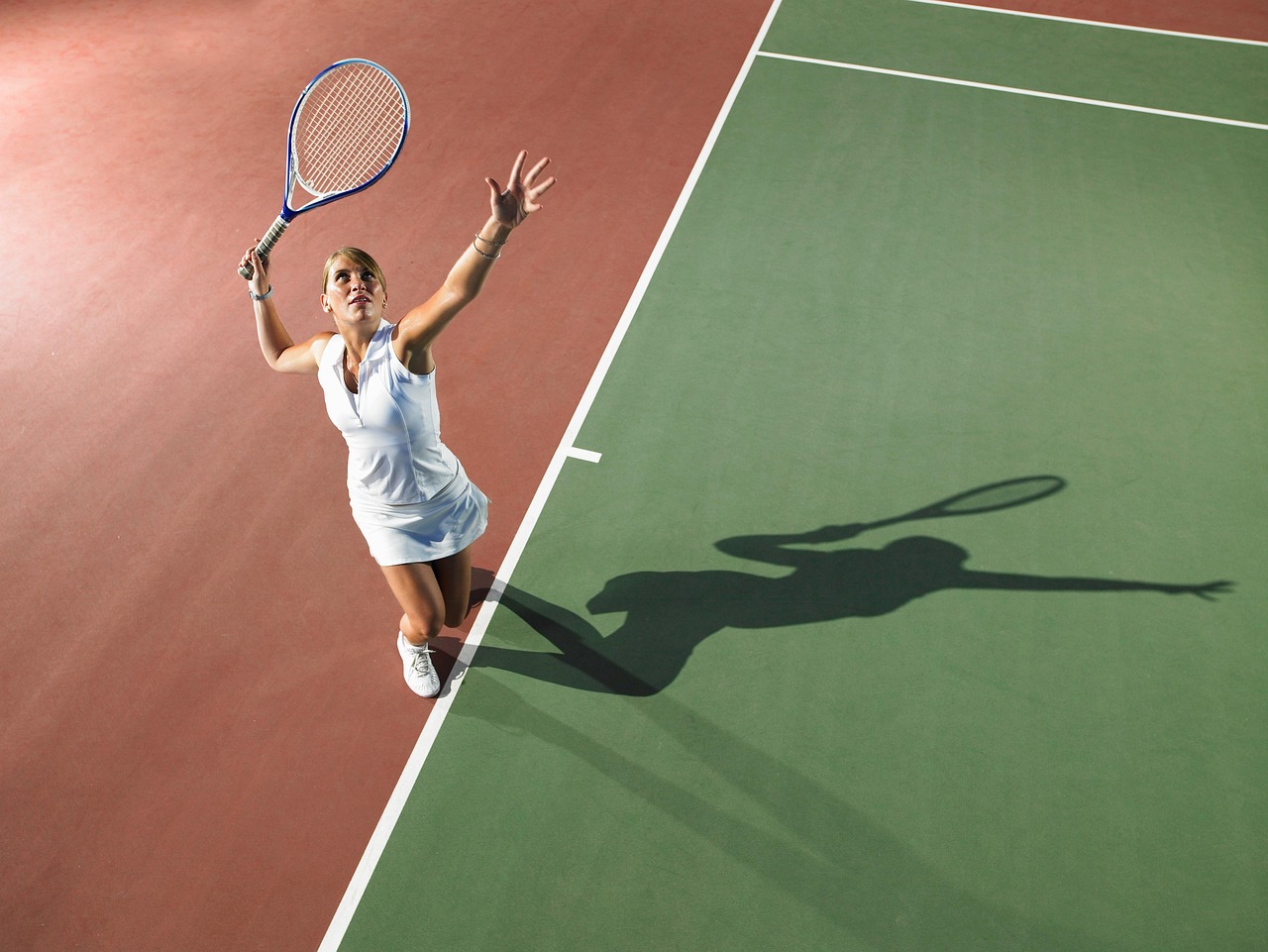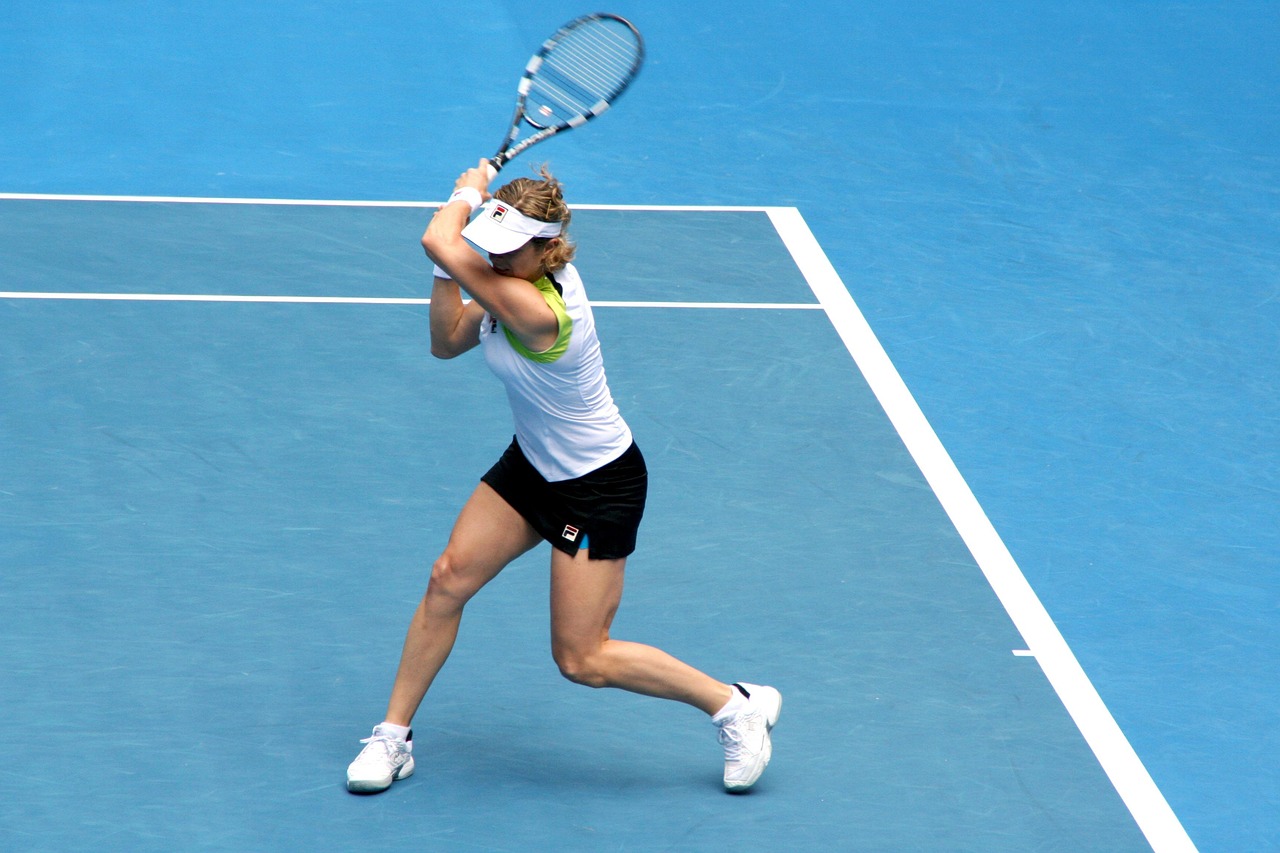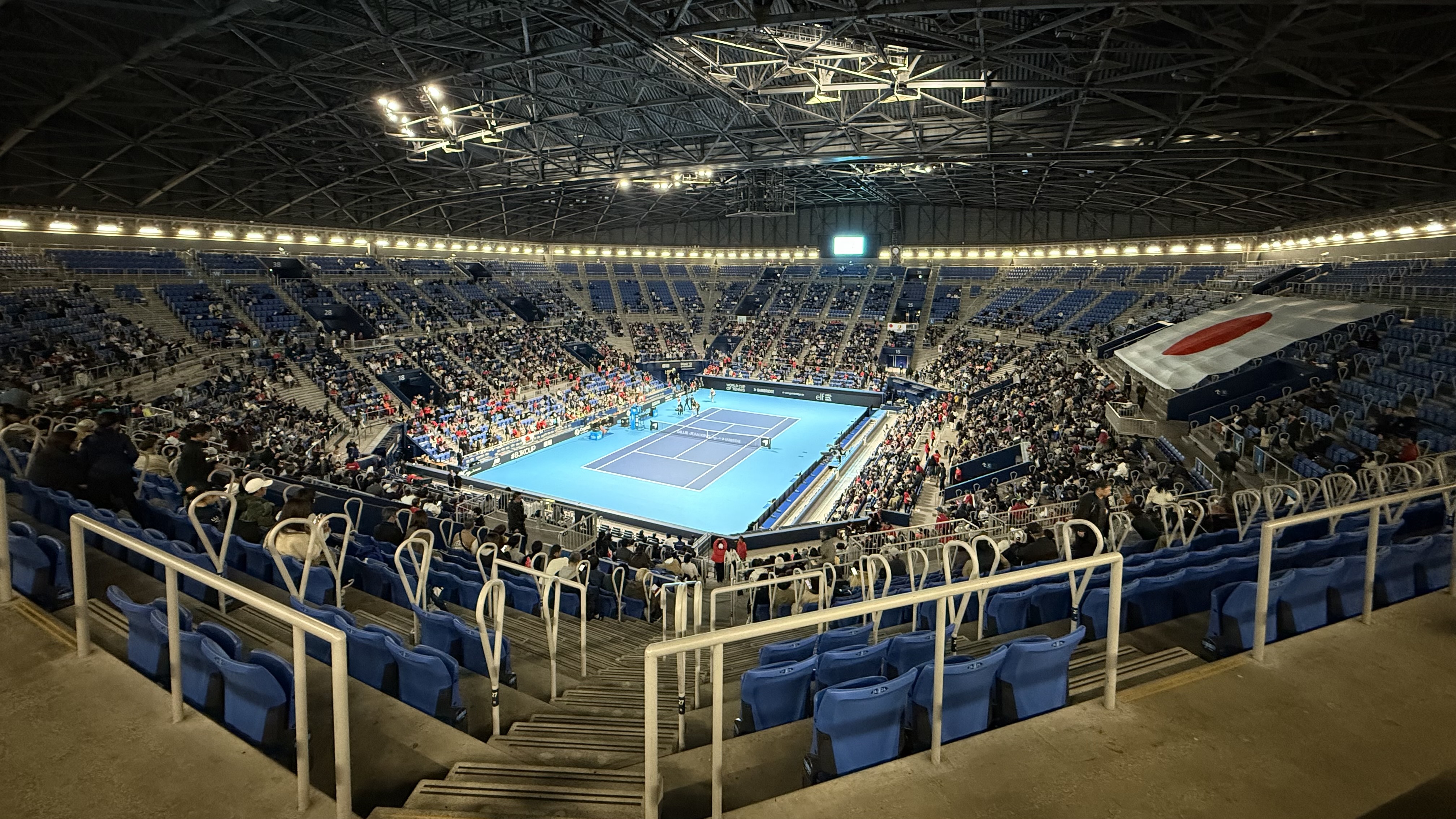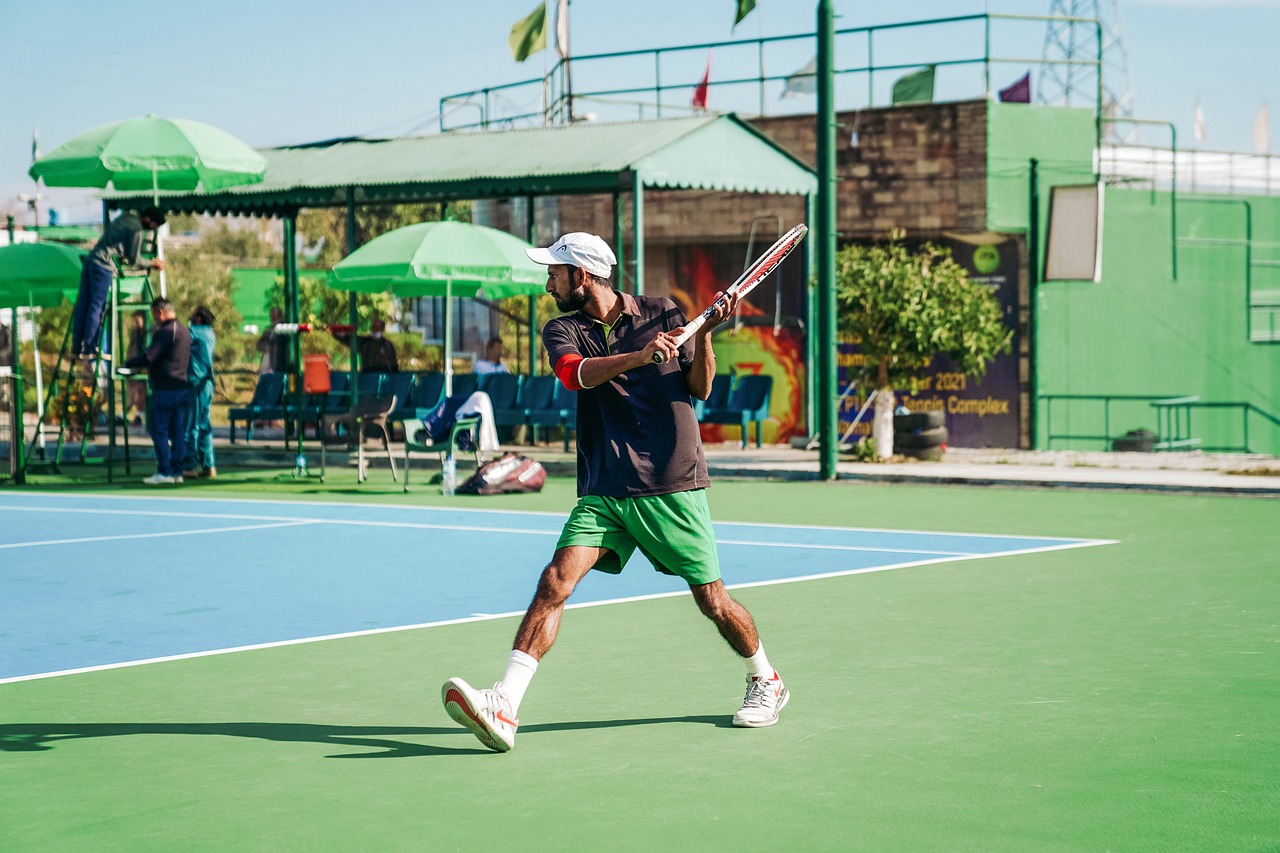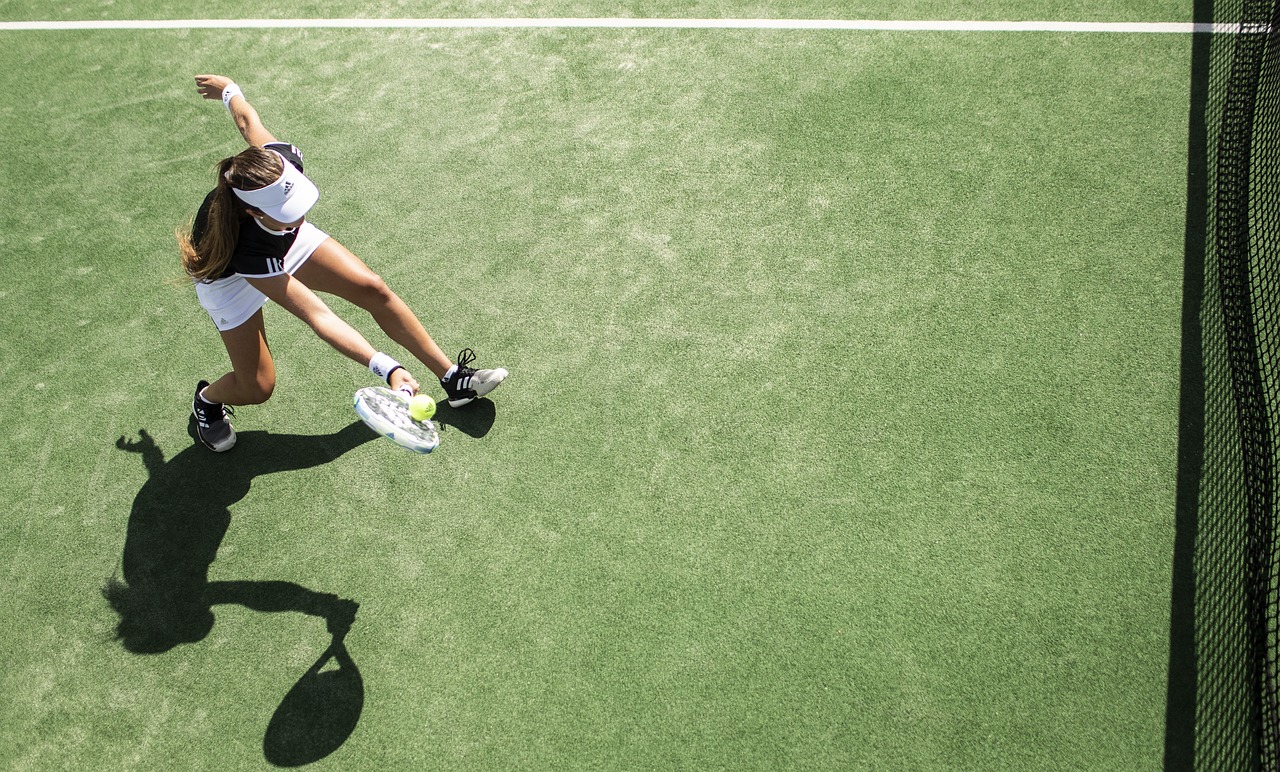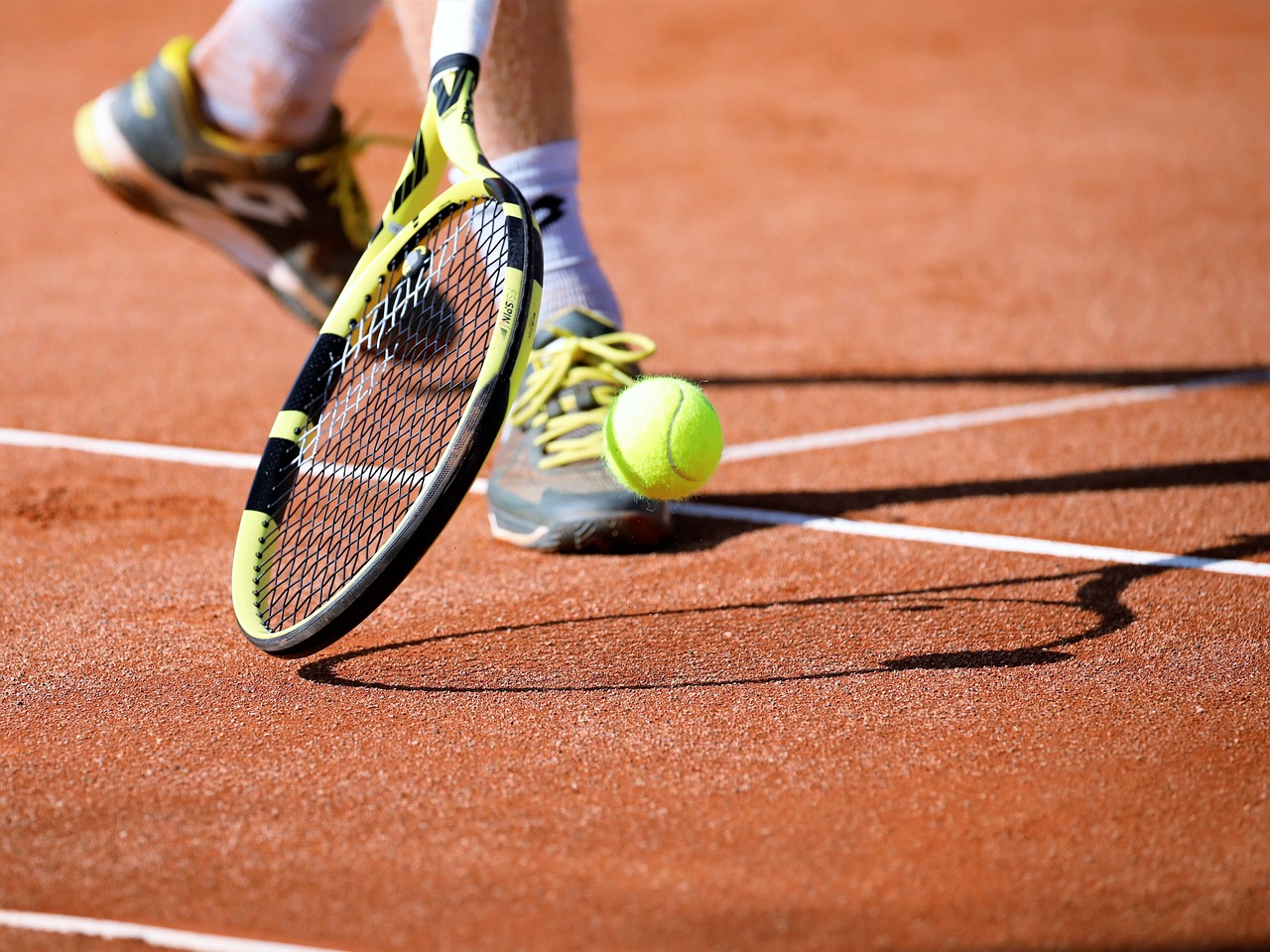
Why from underwater to land? Former swimming medalist star Natsumi challenges the Tokyo Marathon! "Vol.3 Full Marathon debut until 2 more days!"
Star Natsumi who participated in the London Olympics and the Rio Olympic at 200 meters butterfly and won the bronze medals for 2 consecutive games. Such a star retired in October 2016, and it is currently finalizing for the Tokyo Marathon 2018 to be held this weekend 25th. At Vol.3, I heard the feelings for the first full marathon that I had close at hand.
Vol.2 from here
--What kind of training have you been doing since the beginning of this year?
starOn January 14th, I went with Coach Nishioka to do a test run on the actual Tokyo Marathon course. We started at the Tokyo Metropolitan Government Building and ran just under 30km. I wanted to experience a distance of more than a half marathon before the actual race.
-How long did it take you to run?
star:I ran for about 4 hours in total and experienced the ups and downs of the course, but it really took a toll on my legs. When I stopped at a traffic light, it was fine at first, but in the second half, when I stopped and started running again, the weight hit me really hard, and it was tough.
--It must have been great to experience the unknown distance of nearly 30km! Weren't you exhausted after you finished? I couldn't move for a few hours.
starI felt I did not understand my legs well. Every time I took a step, I went home saying "It hurts."

Nishioka:But your rhythm was good. Since the first time we diagnosed your form, your movements have improved significantly with each practice session.
During the first practice, his hips were slumped and his posture was not very good, but after I gave him advice while he was practicing, he was able to put what I told him into practice right away. He really is a top athlete! Even when I watched his practice run, he was running at a pace close to his race pace.
--What is your target time for the Tokyo Marathon?
star:First of all, I want to finish the race. If possible, I would be happy if I could finish in under four and a half hours. I ran the rest of the Tokyo Marathon course (about 16km) on January 30th. After that, I will continue my current training of about 10km, while removing fatigue and thoroughly managing my physical condition.
--Are your feelings and physical condition similar to when you were a swimmer?
star: There are times when I think about it in a similar way. Even when I'm running, there are days when my legs feel light from start to finish, and on bad days my legs feel heavy from the start to the end, and sometimes they get lighter halfway through. That's what happened with swimming too.
However, I have been swimming for decades, so I understand the cause and have ways of dealing with it. However, I still have little experience with running, so I don't know the reasons or factors behind it, and I find that difficult.
--This is a problem that can be resolved by gaining experience and becoming accustomed to the job.
star: That's right! I've only been running for a little over half a year, so I'm not going to rush it.
- It may not be saying "NO" at this timing, but do you think it was good to start running?

star: I'm glad I started running!! After I quit running, nothing happened. At first, I thought it was easy, but gradually I started to wonder if this was the right thing to do.
For a while I felt guilty, like "I haven't done anything hard." I realized once again that it's important to work hard and aim for something.
--If you don't have a goal, your life will be dull.
star:Right now I have the Tokyo Marathon as my goal and I'm having fun!
--Let's talk about gear. What kind of shoes do you wear when you run?
star: I am wearing Wave Rider 21.

Photo: Mizuno Corporation
-Do you have any preferences when it comes to running shoes?
star: I haven't tried on a lot of different shoes so I don't have much to say, but the Mizuno shoes I've been wearing so far have fit my feet well.
-When you were active, did you have any preferences when it came to swimming equipment?
star: Especially in swimsuits, things that I do not play water as soon as I wear it several times are not gone so much, but since things I wear first play a lot of water, it is close to a new item or a new item Many players want to wear something. But I do not want it unless I wore it several times more than a brand new one.
--So you're particular about choosing things that fit your body!
star: That's right. When I bought them new, they felt a bit stiff, or maybe a bit too tight, and I didn't like the tightness.
--I've heard that some athletes throw away their swimsuits after wearing them once, which can be costly.
star:There are players like that! Even if I was given three or four jerseys, I would only use one, as I was very particular about what fit my body best.
-What about goggles?
star:The latest one didn't suit me. I was practicing and water got in when I jumped in. If I think that water might get in, I can't jump in with all my might.
I used goggles that I used many times fitting my skeleton where water does not fit in absolutely. Consistently, what fits me is a commitment.
-What about the cap?
star: Japanese players wear a mesh cap and wear a rubber silicon cap. It means to cover a total of two.
The only difference between caps is the size. As for how to wear them, people have different preferences for whether to expose their ears or not.
--Which one were you, Hoshi-san?
star:I was the type who didn't expose my ears. It was to eliminate resistance from my ears when I went into the water. However, if I covered my ears, sound was blocked and I couldn't hear the cheers, so it felt strange, but I got used to it and it was fine.
--Is it better to be able to hear the cheers?
star: I felt more secure when I could hear. I feel lonely when I can't hear while swimming. That's why some people don't cover their ears.
--That's the first time I've heard of it! I also learned for the first time that you can wear a rubber cap over a mesh cap.
star: It's something that's pretty common, but if you suddenly put on a rubber cap, it sticks to your hair and pulls on it, which can hurt.
Foreign players don't do that, so people are surprised and ask, "Why do Japanese players wear two jackets?"
--Does that apply to boys too?
star: Men too. People with short hair might just wear one. I don't think their hair gets tangled.
-- I think that readers, including myself, probably didn't know that you had two identical shirts. I think everyone would be surprised to hear that you've started running marathons.
star: When you say you are running you will be surprised. People in the swimming world do not like to run, so many people do (laughs) Well done, it is awesome! It is said.
-Finally, please tell us how you are feeling now ahead of the Tokyo Marathon.

star:Of course I'm looking forward to it, but 42.195km is a long distance, isn't it? I'm a bit worried about how my condition will change during that time.
During a swimming race, it's over in just a few minutes and you don't have time to think about anything, so I get more nervous before diving in, but in a marathon, you have time to think about a lot of things and the battle with yourself continues for hours, so I do get anxious about how it will go.
But I am looking forward to it. First we will aim for the finish!
())
【profile】
Natsumi Hoshi
Natsumi Hoshi
■Date of birth: August 21, 1990
■ Hometown: Saitama Prefecture Koshigaya-shi
■ Kasukabe Kyoei High School ~ Graduated from Waseda University ~ Daishin Swin
Year 2014
Mizuno Corporation joined Mizuno Swim team affiliation
April 2017~
Part-time lecturer at Toyo University
June 2017~
(Public Good) Japan Swimming Federation Athletes Committee
【Biography】
I started swimming competitively when I started attending a baby swimming class when I was one and a half years old.
After going to Kasukabe Kyoei High School through Eisaku Elementary School and Eiyu Junior High School, when I was in the 2nd grade I achieved 2 consecutive victories with Interhei's 200 m butterfly.
In her third year, she placed second in the 200m butterfly final at the Japan Championships, setting a new high school record of 2:07.38, and was selected to represent the Beijing Olympics.
Continue competition while registering at Waseda University · Swin university, join Mizuno Corporation in 2014 and continue the competition.
During that time, she became the first Japanese female swimmer to win a gold medal in the 200m butterfly final at the World Aquatics Championships in August 2015, and also participated in three consecutive Olympic Games and won a medal in two consecutive Games.
October 2016: Retired from active duty at the National Athletic Meet. Currently working as a coach for the Mizuno Swim Team and promoting swimming.
【Biography】
2006 1st year high school Inter-high school 200m butterfly first national championship victory
2007 First member of Japan's national team at the Junior Pan Pacific Tournament
2008 Beijing Olympics 200m butterfly 10th place
2010 Pan Pacific Championships 200m Rosefly 5th place
2011 International Tournament Representative Selection 200m Rosefly Winner New Japanese Record (2:06.05)
World Aquatics Championships 200m Butterfly 4th place, new Japanese record (2:05.91)
2012 London Olympic Trials - Winner of Rosefly, Japanese record updated (2:04.69)
London Olympic Games 200m Butterfly Bronze Medal
Japan Student Championship 200m Butterfly 4th consecutive victory
2013 World Aquatics Championships 200m Butterfly 4th place
2014 Pan Pacific Championships 200m Butterfly 2nd place
Asian Games 100m Butterfly 4th 200m Butterfly Second Prize
2015 World Aquatics Championships 200m Butterfly Winner
※ Japan's first swim competition women's gold medals first gold medal history
2016 Japan Championship 200m Butterfly 7th consecutive victory
Rio de Janeiro Olympic Games Get 200% Butterfly Bronze
*2 She is the third Japanese woman to win medals in consecutive tournaments.
--What kind of training have you been doing since the beginning of this year?
starOn January 14th, I went with Coach Nishioka to do a test run on the actual Tokyo Marathon course. We started at the Tokyo Metropolitan Government Building and ran just under 30km. I wanted to experience a distance of more than a half marathon before the actual race.
-How long did it take you to run?
star:I ran for about 4 hours in total and experienced the ups and downs of the course, but it really took a toll on my legs. When I stopped at a traffic light, it was fine at first, but in the second half, when I stopped and started running again, the weight hit me really hard, and it was tough.
--It must have been great to experience the unknown distance of nearly 30km! Weren't you exhausted after you finished? I couldn't move for a few hours.
starI felt I did not understand my legs well. Every time I took a step, I went home saying "It hurts."

Nishioka:But your rhythm was good. Since the first time we diagnosed your form, your movements have improved significantly with each practice session.
During the first practice, his hips were slumped and his posture was not very good, but after I gave him advice while he was practicing, he was able to put what I told him into practice right away. He really is a top athlete! Even when I watched his practice run, he was running at a pace close to his race pace.
--What is your target time for the Tokyo Marathon?
star:First of all, I want to finish the race. If possible, I would be happy if I could finish in under four and a half hours. I ran the rest of the Tokyo Marathon course (about 16km) on January 30th. After that, I will continue my current training of about 10km, while removing fatigue and thoroughly managing my physical condition.
--Are your feelings and physical condition similar to when you were a swimmer?
star: There are times when I think about it in a similar way. Even when I'm running, there are days when my legs feel light from start to finish, and on bad days my legs feel heavy from the start to the end, and sometimes they get lighter halfway through. That's what happened with swimming too.
However, I have been swimming for decades, so I understand the cause and have ways of dealing with it. However, I still have little experience with running, so I don't know the reasons or factors behind it, and I find that difficult.
--This is a problem that can be resolved by gaining experience and becoming accustomed to the job.
star: That's right! I've only been running for a little over half a year, so I'm not going to rush it.
- It may not be saying "NO" at this timing, but do you think it was good to start running?

star: I'm glad I started running!! After I quit running, nothing happened. At first, I thought it was easy, but gradually I started to wonder if this was the right thing to do.
For a while I felt guilty, like "I haven't done anything hard." I realized once again that it's important to work hard and aim for something.
--If you don't have a goal, your life will be dull.
star:Right now I have the Tokyo Marathon as my goal and I'm having fun!
--Let's talk about gear. What kind of shoes do you wear when you run?
star: I am wearing Wave Rider 21.

Photo: Mizuno Corporation
-Do you have any preferences when it comes to running shoes?
star: I haven't tried on a lot of different shoes so I don't have much to say, but the Mizuno shoes I've been wearing so far have fit my feet well.
-When you were active, did you have any preferences when it came to swimming equipment?
star: Especially in swimsuits, things that I do not play water as soon as I wear it several times are not gone so much, but since things I wear first play a lot of water, it is close to a new item or a new item Many players want to wear something. But I do not want it unless I wore it several times more than a brand new one.
--So you're particular about choosing things that fit your body!
star: That's right. When I bought them new, they felt a bit stiff, or maybe a bit too tight, and I didn't like the tightness.
--I've heard that some athletes throw away their swimsuits after wearing them once, which can be costly.
star:There are players like that! Even if I was given three or four jerseys, I would only use one, as I was very particular about what fit my body best.
-What about goggles?
star:The latest one didn't suit me. I was practicing and water got in when I jumped in. If I think that water might get in, I can't jump in with all my might.
I used goggles that I used many times fitting my skeleton where water does not fit in absolutely. Consistently, what fits me is a commitment.
-What about the cap?
star: Japanese players wear a mesh cap and wear a rubber silicon cap. It means to cover a total of two.
The only difference between caps is the size. As for how to wear them, people have different preferences for whether to expose their ears or not.
--Which one were you, Hoshi-san?
star:I was the type who didn't expose my ears. It was to eliminate resistance from my ears when I went into the water. However, if I covered my ears, sound was blocked and I couldn't hear the cheers, so it felt strange, but I got used to it and it was fine.
--Is it better to be able to hear the cheers?
star: I felt more secure when I could hear. I feel lonely when I can't hear while swimming. That's why some people don't cover their ears.
--That's the first time I've heard of it! I also learned for the first time that you can wear a rubber cap over a mesh cap.
star: It's something that's pretty common, but if you suddenly put on a rubber cap, it sticks to your hair and pulls on it, which can hurt.
Foreign players don't do that, so people are surprised and ask, "Why do Japanese players wear two jackets?"
--Does that apply to boys too?
star: Men too. People with short hair might just wear one. I don't think their hair gets tangled.
-- I think that readers, including myself, probably didn't know that you had two identical shirts. I think everyone would be surprised to hear that you've started running marathons.
star: When you say you are running you will be surprised. People in the swimming world do not like to run, so many people do (laughs) Well done, it is awesome! It is said.
-Finally, please tell us how you are feeling now ahead of the Tokyo Marathon.

star:Of course I'm looking forward to it, but 42.195km is a long distance, isn't it? I'm a bit worried about how my condition will change during that time.
During a swimming race, it's over in just a few minutes and you don't have time to think about anything, so I get more nervous before diving in, but in a marathon, you have time to think about a lot of things and the battle with yourself continues for hours, so I do get anxious about how it will go.
But I am looking forward to it. First we will aim for the finish!
())
【profile】
Natsumi Hoshi
Natsumi Hoshi
■Date of birth: August 21, 1990
■ Hometown: Saitama Prefecture Koshigaya-shi
■ Kasukabe Kyoei High School ~ Graduated from Waseda University ~ Daishin Swin
Year 2014
Mizuno Corporation joined Mizuno Swim team affiliation
April 2017~
Part-time lecturer at Toyo University
June 2017~
(Public Good) Japan Swimming Federation Athletes Committee
【Biography】
I started swimming competitively when I started attending a baby swimming class when I was one and a half years old.
After going to Kasukabe Kyoei High School through Eisaku Elementary School and Eiyu Junior High School, when I was in the 2nd grade I achieved 2 consecutive victories with Interhei's 200 m butterfly.
In her third year, she placed second in the 200m butterfly final at the Japan Championships, setting a new high school record of 2:07.38, and was selected to represent the Beijing Olympics.
Continue competition while registering at Waseda University · Swin university, join Mizuno Corporation in 2014 and continue the competition.
During that time, she became the first Japanese female swimmer to win a gold medal in the 200m butterfly final at the World Aquatics Championships in August 2015, and also participated in three consecutive Olympic Games and won a medal in two consecutive Games.
October 2016: Retired from active duty at the National Athletic Meet. Currently working as a coach for the Mizuno Swim Team and promoting swimming.
【Biography】
2006 1st year high school Inter-high school 200m butterfly first national championship victory
2007 First member of Japan's national team at the Junior Pan Pacific Tournament
2008 Beijing Olympics 200m butterfly 10th place
2010 Pan Pacific Championships 200m Rosefly 5th place
2011 International Tournament Representative Selection 200m Rosefly Winner New Japanese Record (2:06.05)
World Aquatics Championships 200m Butterfly 4th place, new Japanese record (2:05.91)
2012 London Olympic Trials - Winner of Rosefly, Japanese record updated (2:04.69)
London Olympic Games 200m Butterfly Bronze Medal
Japan Student Championship 200m Butterfly 4th consecutive victory
2013 World Aquatics Championships 200m Butterfly 4th place
2014 Pan Pacific Championships 200m Butterfly 2nd place
Asian Games 100m Butterfly 4th 200m Butterfly Second Prize
2015 World Aquatics Championships 200m Butterfly Winner
※ Japan's first swim competition women's gold medals first gold medal history
2016 Japan Championship 200m Butterfly 7th consecutive victory
Rio de Janeiro Olympic Games Get 200% Butterfly Bronze
*2 She is the third Japanese woman to win medals in consecutive tournaments.
